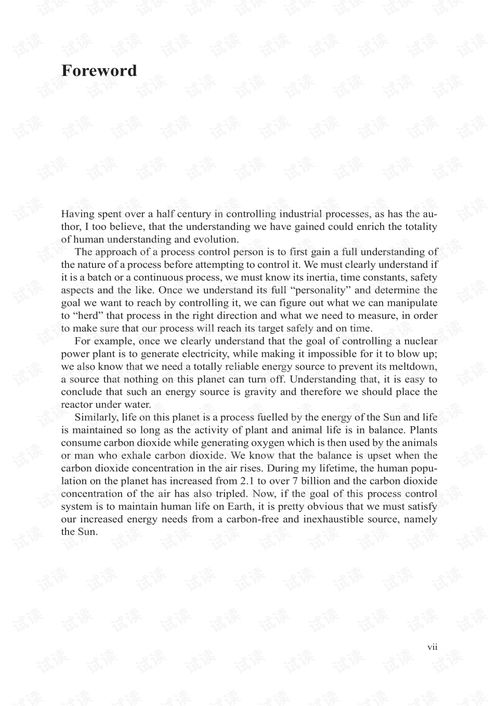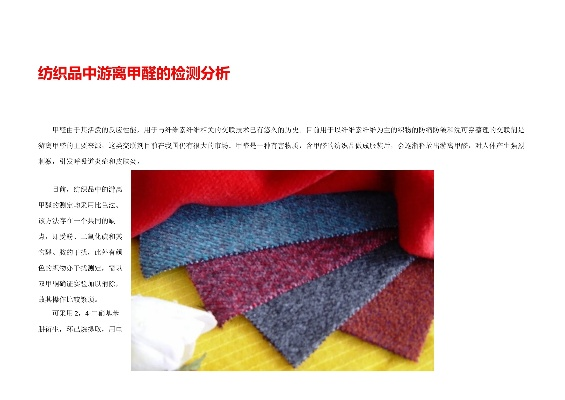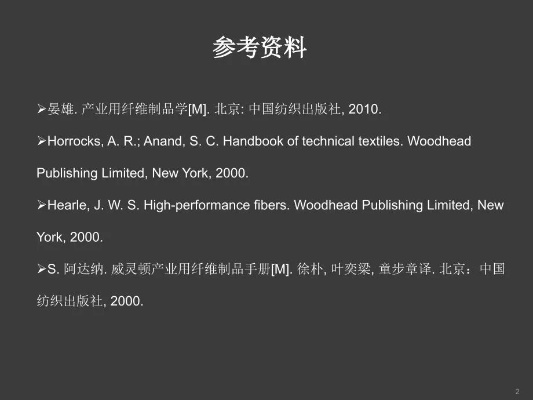Textiles:Understanding the World of Clothing and Interior Decorations
This article delves into the realm of textiles, exploring how they play a pivotal role in both clothing and interior design. It begins by outlining the importance of textiles as an integral part of our daily lives, from practical wearable items to decorative accents. The article then discusses the various types of textile materials, including natural fibers such as linen and cotton, synthetic fabrics like polyester and rayon, and blended materials that combine different fibers for optimal results. The article then turns its focus to the manufacturing process of textiles, detailing the steps involved in creating these products, from yarn spinning to knitting and weaving. Finally, it explores the diverse applications of textiles in both fashion and interior design, discussing their use in creating comfortable clothing, stylish garments, and aesthetically pleasing home decor pieces. Through this comprehensive exploration of textiles, the article aims to provide readers with an understanding of their impact on our lives and the world around us.
Textiles, a term that encompasses a vast range of fabric materials and their applications in both everyday life and high-end design, are an inextricable part of human civilization. From the simplest cotton shirts to the most elaborate silk gowns, textiles have evolved over time to meet diverse needs and aesthetics. This article will explore the definition, classification, and examples of different types of textiles, using an informative table for clarity and practicality.
Defining Textiles
Textiles refer to any type of fabric used for clothing, home furnishings, or other purposes that is woven, knitted, crocheted, embroidered, or printed. They include not only traditional materials like cotton, linen, wool, and silk but also modern fabrics made from synthetic materials like polyester, viscose, and spandex. Textiles can be categorized based on their production method, material properties, end use, and even by region of origin.
Classification Methods

-
Manufacturing Process: Textiles can be classified based on how they are produced. Natural fibers like cotton and linen are generally softer and more breathable than synthetic fibers. Wool, on the other hand, is warm and durable but tends to pill and require special care.
-
Material Properties: Based on durability, there are light, medium, and heavy weight fabrics. Lightweight fabrics, such as chiffon, are ideal for summer wear due to their breathability, while heavyweight options like denim are perfect for cold weather.
-
End Use: Textiles can be categorized into casual, formal, sportswear, and others depending on the intended purpose. For example, t-shirts, trousers, and dresses are casual; suits and gowns are formal.
-
Region of Origin: Some textiles are famous for their specific geographical characteristics. Cotton from Bangladesh is softer, while Egyptian cotton is known for its strength and colorfastness.
-
Style and Design: Textiles can also be distinguished by their patterns, colors, or designs. Printed or embroidered textiles add a personal touch to clothing or decor.
Case Study: A Tale of Silk
One classic example of a luxurious textile is silk. The ancient Chinese invented silk weaving around 1000 BC, which soon became a symbol of wealth and luxury. Today, silk remains highly coveted because it has a unique luster, softness, and resistance to wrinkles. It's often found in fine garments and accessories like scarves, pillowcases, and tablecloths.
Silk is a natural protein extracted from the hair of certain mulberry moths. Its unique properties make it resistant to bacteria, making it a popular choice for health-conscious consumers. However, silk production involves significant labor and environmental impacts, highlighting its sustainability challenges.
Conclusion: The Wonders of Textiles

Textiles form a cornerstone of our daily lives and cultural heritage. They come in many forms and colors, each with its own history and significance. From the simple homespun fabrics of rural villages to the intricate designs of fashion runways, textiles embody creativity, craftsmanship, and the spirit of human endeavor. As we continue to innovate and expand our horizons, textiles will undoubtedly play a vital role in shaping the future of global culture and comfort.
纺织品定义
纺织品是一种广泛应用的材料,涵盖了各种纤维和织物的总称,它不仅包括我们日常生活中常见的布料、纱线、织物等,还包括各种功能性纺织品,如服装、家居装饰、工业用纺织品等。
纺织品分类方法
按纤维类型分类
根据纤维的类型,纺织品可以被分为天然纤维和合成纤维两大类,天然纤维包括棉花、羊毛、蚕丝等,它们来源于自然界,具有天然的韧性和舒适性,合成纤维则是由化学物质合成而成的,具有高强度、高耐磨性、低吸湿性等特点。
按织造工艺分类
根据织造工艺的不同,纺织品可以被分为机织纺织品、编织纺织品、针织纺织品等,机织纺织品是通过机器将纤维织成各种形状和图案的纺织品,如棉布、丝绸等,编织纺织品则是由手工编织而成的,具有独特的手感和舒适性,针织纺织品则是通过特殊的针织工艺将纤维编织成网状结构,具有弹性好、透气性好等优点。

案例说明
天然纤维纺织品案例
以天然纤维纺织品为例,棉花是一种常见的纺织原料,广泛应用于服装、家居用品等领域,棉花织成的衣物柔软舒适,吸湿性好,适合各种气候条件,棉花还可以制成地毯、床单等家居装饰品,具有环保、耐用等特点。
合成纤维纺织品案例
以合成纤维纺织品为例,涤纶是一种常见的合成纤维材料,广泛应用于服装、家居用品等领域,涤纶织成的衣物耐磨性强、抗皱性好,同时具有较好的吸湿性和透气性,涤纶还可以制成工业用纺织品,如帆布、滤布等,具有广泛的应用前景。
英文表格说明
以下是一个简单的纺织品分类表格示例:
| 分类标准 | 示例说明 | 相关术语 |
|---|---|---|
| 纤维类型 | 天然纤维 | 棉花 |
| 织造工艺 | 按纤维类型分类 | 机织纺织品 |
| 其他分类标准 | 按用途分类 | 家居装饰品 |
纺织品是一种广泛应用的材料,其定义和分类方法多种多样,根据不同的分类标准,纺织品可以被分为不同的类型和用途,在实际应用中,选择合适的纺织品需要考虑其性能、环保性、耐用性等因素,随着科技的不断进步,纺织品也在不断发展和创新,为人们带来更多的选择和便利。
Articles related to the knowledge points of this article:
The Role of Textiles in Environmental Sustainability
The Global Fabrics Expo A Journey to the Heart of Canadian Textiles
Comprehensive Analysis of Linchang Textile Logistics Route Prices
The Enigmatic World of Industrial Fabrics and Their Variegated Spectrum
The Industry Landscape of Textile Packaging:A Comprehensive Overview



